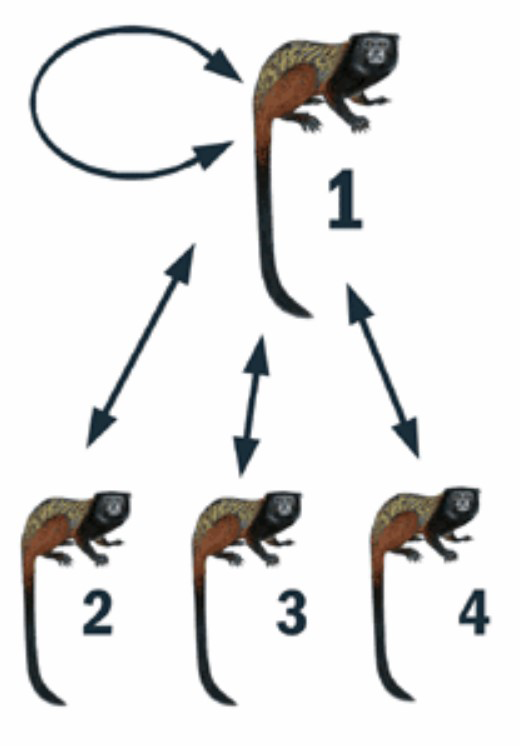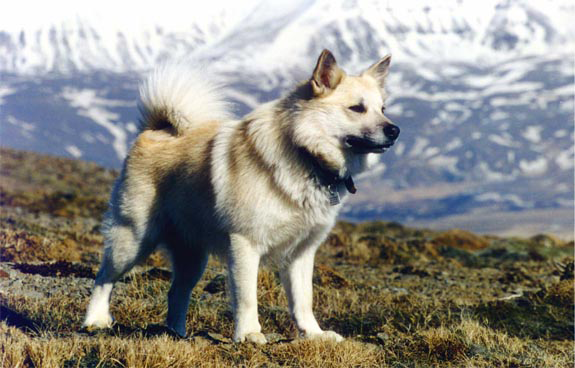Mean kinship

What is mean kinship
Mean kinship is a measure of importance of an animal. Animals with low mean kinship are genetically important. Animals with high mean kinship should be used less (or not at all). Mean kinship is calculated by the kinship (relatedness) of that animal with the entire current population (including itself). Therefore mean kinships per animal are relative to the current population. This means that mean kinship of a specific animal might change over time when a population changes. For example mean kinship will increase each time an animal produces progeny.
Flaws of mean kinship
After mean kinship is calculated for each individual, it is still not clear how breeding should follow. The mean kinship per animal does not indicate the number of offspring one animal should have, nor whether an animal should be selected. This is due to the combination of two properties:
1) The mean kinship level does not show in what way an animal is related to the population. A higher mean kinship can be achieved by either a moderate relationship to the entire population or a very high relationship to a large part of the population. And this might be relevant for saving diversity. Thus, mean kinship does not always optimize genetic diversity, it depends on the population structure.
2) The current generation will differ from the next generation.
Mean kinship in practice
At this moment mean kinship is one of the best conservation methods available. It surpasses old practices like maximum avoidance of inbreeding strategies. Though the mean kinship of an individual does not indicate the number of progeny an animal requires, at least it is clear which animals should not be ignored. After successful breeding and loss of animals within the population, mean kinship can simply be calculated again, identifying the genetically most important individuals in the new situation,.

Mean kinship in dog breeds
Mean Kinship was first introduced in dog breeds in 1998 by Pieter Oliehoek. Since then, this conservation tool becomes more common within dog breeding. While in itself this is a good thing, it can also be dangerous if one does not take care of steps as described on this website. The unknown animals, the so called foundlings should be identified and also the kinship should be calculated over all populations. Since 2018 Dogs Global has implemented mean kinship for all dogs breeds.
